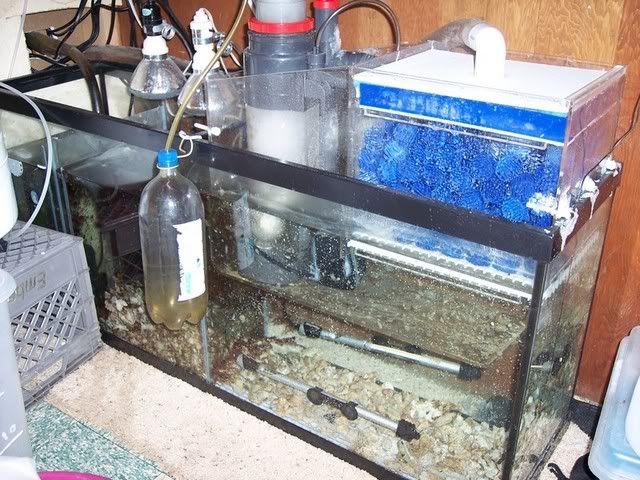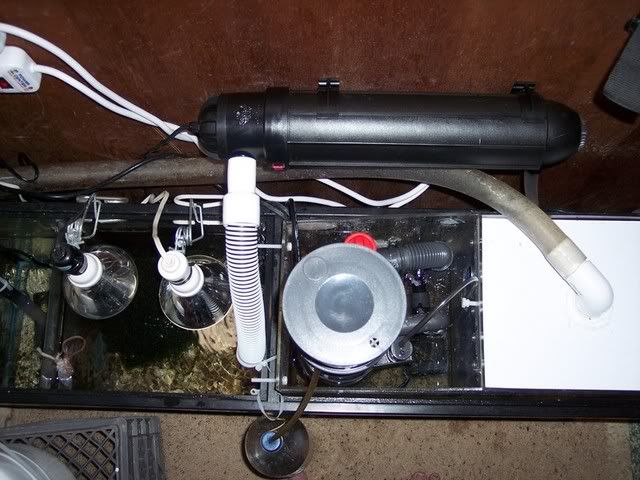Originally Posted by ophiura
This is partially true. Any bacteria on the SURFACE of things, or in the upper layers, is aerobic, including on the rock and sand, and bioballs.
The deeper areas in larger hunks of LR, or in a deep sand bed, are anaerobic and it is HERE where nitrate itself is converted to nitrogen.
The real argument they are making is that there are many who feel that nitrate produced in the upper layers of a sand bed, or in LR, is acted upon preferentially to nitrate produced elsewhere (eg bioballs) so that you can build up a problem. I wouldn't deny that occurs, and I wouldn't deny that you may not need bioballs in certain systems at all.
But you made several changes which overall contributed to an improvement in the tank, and I think that over time ALL of these make an impact. A refugium, for example, can take a decent amount of time to "kick in" and start really functioning. I would actually say a couple of months, personally.
However, my point is always in and of themselves bioballs do not cause nitrate problems, alone.
So would you recommend bio-balls in my system that I am working on right now:
220 with dual overflows
325 lbs. of live rock
1-2" live sand base
Fuge that will be about 25-30 gallons w/ LR & LS of course
I will eventually have about 2 tangs, foxface, mated pair of clowns, a few chromis, watchman goby. Probably some corals down the road. I am planning on going very slowly to allow the tank and fuge to be very stable before I start adding livestock.
I appreciate your posts because the guy at my LFS seems to have the exact opinions that you do and he is the only one around here to be saying these things so I was having trouble deciding on my setup. Your input (or anyone else's) is appreciated.








